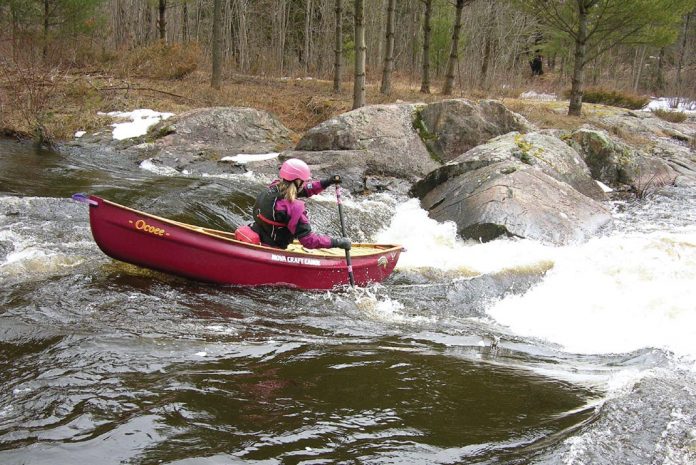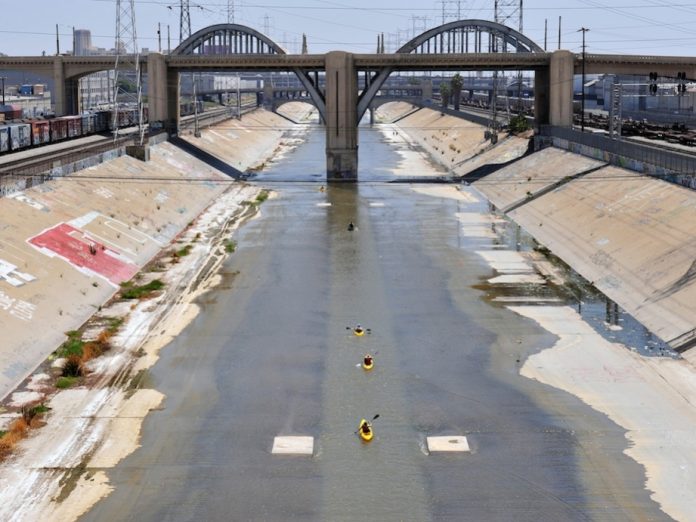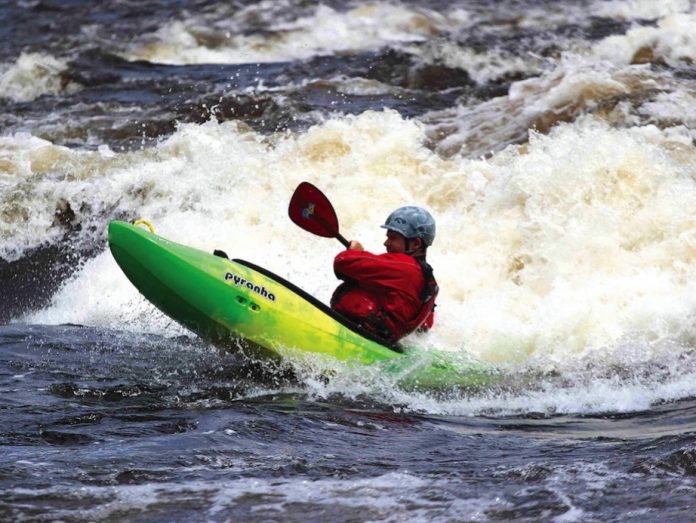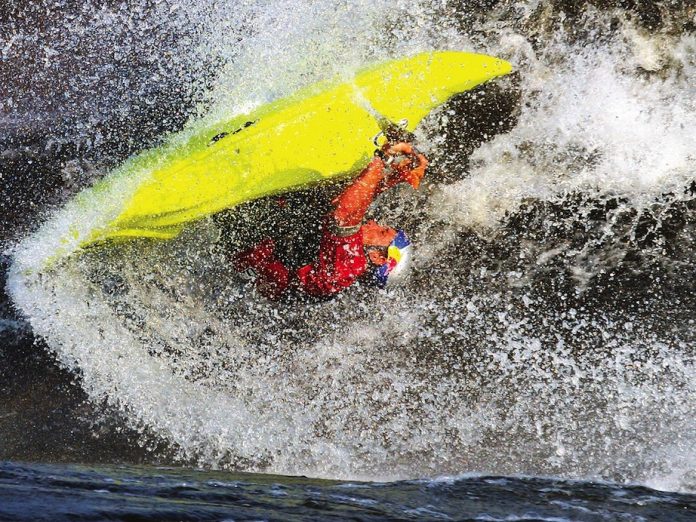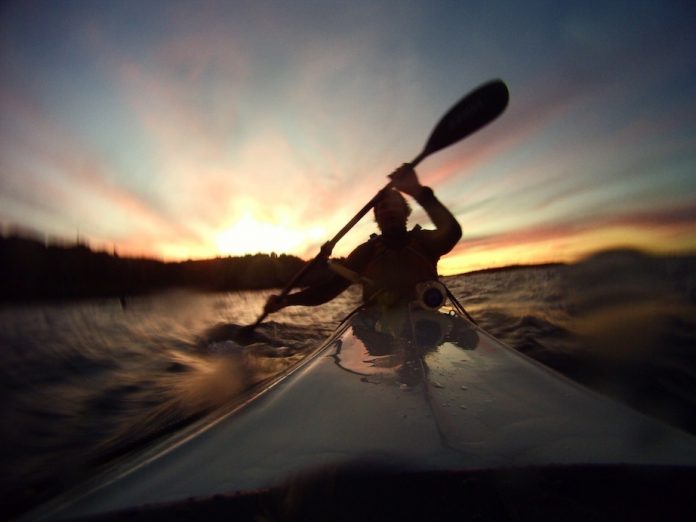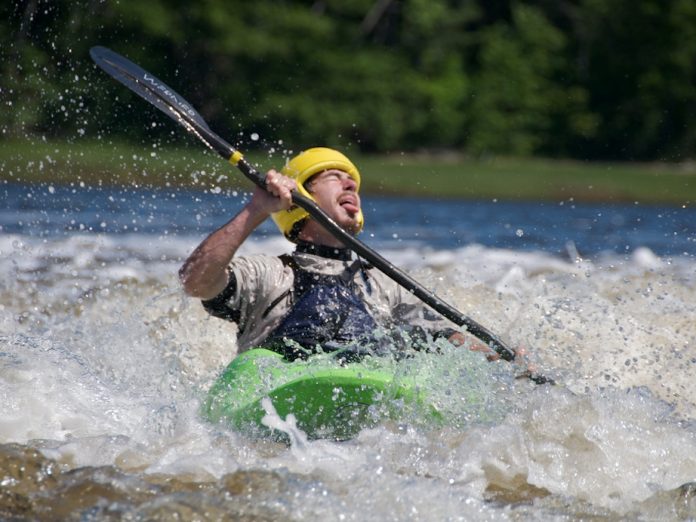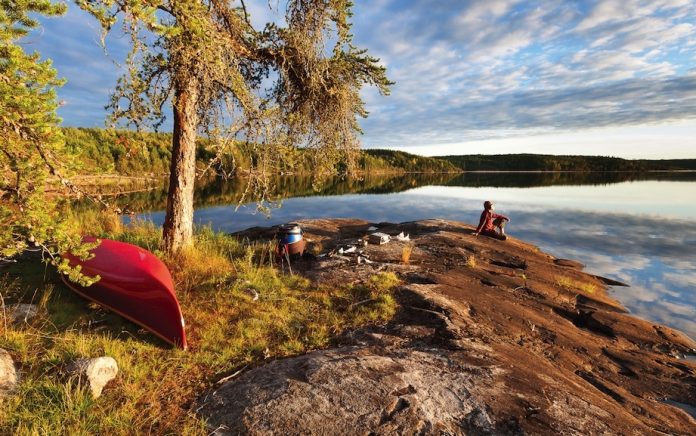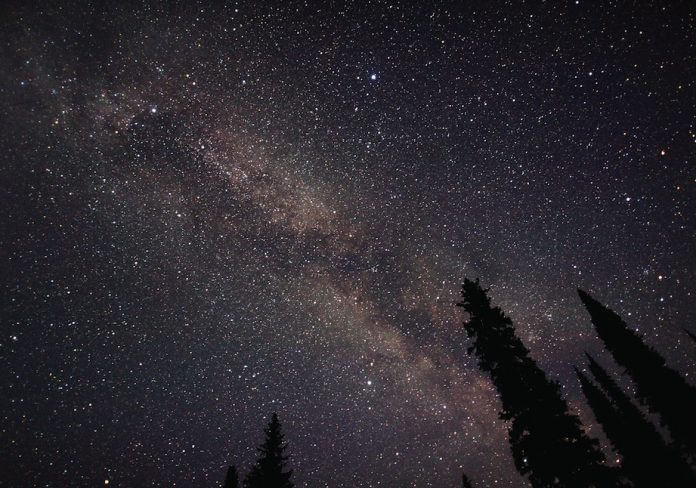For a long time now I’ve been trying to hook just about everyone I know on paddling. I’ve taken my brother, my high school friends, my university roommate and my girlfriends.
Even when I was instructing and people were shelling out their hard-earned money to be there and appeared to be natural athletes on the water, the sad truth is that only five out of every hundred paddling school students become paddlers like us. What are we doing wrong?
Thanks to the back catalog on Netflix, I’ve been testing a new theory. In the ‘90s film Crazy People, staring Dudley Moore and Darryl Hannah, Moore is an advertising agent who snaps, has a nervous breakdown and is checked into a psychiatric hospital. There he and his new friends create ad slogans, slogans that tell the absolute truth. For example, this one for New York tourism: “Come to New York, there were fewer murders last year”. And, to the surprise of his former ad agency bosses, these crazy campaigns worked.
It’s just a Hollywood movie you say?
In 2003, Las Vegas launched its now famous “What happens in Vegas, stays in Vegas” advertising campaign. It has been so successful that after eight years running, it joined the Madison Avenue Advertising Walk of Fame.
Recent neuroscience research suggests that decision-making is an emotional—not rational—process. Scientists found that people with injuries to the emotion handling parts of the brain were unable to make decisions. They could evaluate the facts, but were unable to decide the best outcome…Click here to continue reading in Rapid, Summer/Fall, 2013.
This editorial originally appeared in Rapid, Summer/Fall 2013. Download our free iPad/iPhone/iPod Touch App or Android App or read the rest here.




